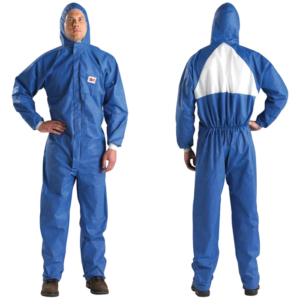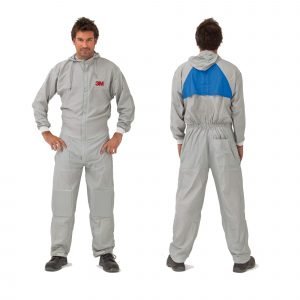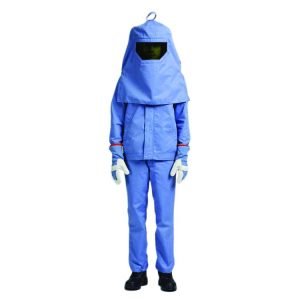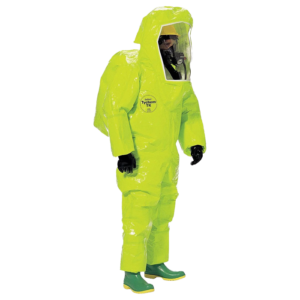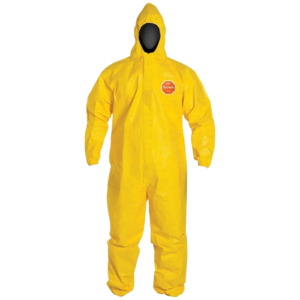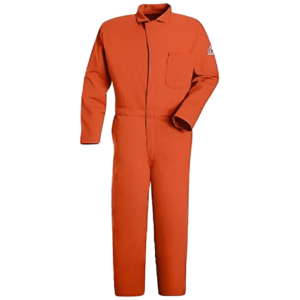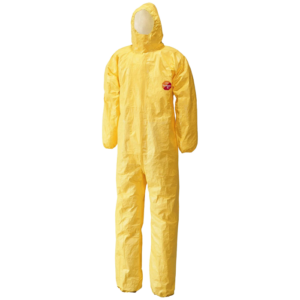Arc Flash Suits
Doing work on or near energized, or potentially energized equipment, threatens employees with danger from electric shock/ electrocution and arc flash. To protect themselves from injury, or even death, workers should wear Protective Personal Equipment (PPE) as their last line of defense. The arc flash suit is arguably the most important component of PPE. It protects the majority of the worker’s body from the effects of an arc flash.
The arc flash suit covers most of the worker’s body. The suits are usually available in different forms, ranging from full coveralls or jackets & bib style overalls to pants and jacket combinations. Workers have individual preferences and needs when they work, so it makes sense to have such options. However, it’s necessary to cover up completely with PPE when working with energized or potentially energized equipment.
Arc flash suits meet a range of performance levels, typically measured in terms of calories of energy per square centimeter. Thus, a set of “12 CAL” jacket & bib overalls are designed to protect workers from arc flashes that produce less than 12 cal/cm2 of heat energy. These suits would also meet the NFPA 70E PPE standard of “CAT 2.” These ratings give the user an indication of protection level needed according to the severity of the arc flash. The higher the CAL and CAT numbers, the higher the arc rating you need to provide adequate protection from an arc flash.
Additional safety features are often built into the arc flash suit. For instance, many suits have reflective tape sewn into the arms and legs. These help the wearer be visible in the dark. Given that electrical repair often takes places in dimly lit places (and places that can become completely dark in the event of an electrical explosion and subsequent power outage) visibility helps with safety—as well as with finding people in the event of an arc flash incident. An arc flash causes smoke and chaos, so making it easy for rescue crew or coworkers to spot the affected employees makes for a better overall safety environment.
The National Fire Protection Association (NFPA) uses four Arc Flash PPE Categories to classify ranges of arc flash hazards, and the corresponding requirements for PPE. The categories are one of the methods used in the current NFPA 70E standard to inform workers about the protection they need while working on energized equipment.


